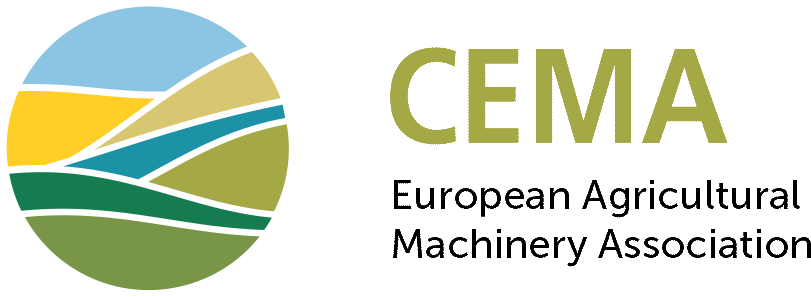2013 another strong year for the European agricultural machinery industry
Europe remains world’s largest producer of farm equipment while global production reaches all-time high
Brussels, 21 January 2014 – 2013 was once again a strong year for agricultural machinery producers in Europe. Following the positive trends from previous years, demand in 2013 remained high for almost all types of machinery.
Rising global demand for farm equipment drove worldwide production of agricultural machinery in 2013 up to an all-time high of around 95 billion euro(1). And overall production levels are expected to remain high throughout 2014, notwithstanding a potential slight decrease. Globally, Europe remains the largest producer of agricultural machinery with a share of around 31% in global production, followed by North America (26.5%) and China (19%). Absolute production in Europe is still increasing and has reached record levels, yet Europe’s relative share in global production has dropped in the past years due to comparatively higher growth rates in the US and China.
The product category with the highest sales volume is tractors. A total of almost 137,000 tractors were registered in 2013 in the 9 CEMA member countries (Austria, Belgium, Finland, France, Germany, Italy, Netherlands, Spain and UK). Looking at five key markets (2), overall registrations only showed a small decrease (-0.5%) when compared to 2012, which was considered a good year. More specifically, demand in the largest market – France – increased by 3.3% while registrations in Germany – the second largest market – remained virtually unchanged. Regarding other major markets, registrations in Italy decreased by only 1.7%, while the drop in the UK amounted to 9.9%. For 2014, manufacturers expect a small drop in overall demand. The 2013 figures also confirm the trend towards bigger tractors: while, in 2009, 23% of tractors sold had an engine with less than 50 horsepower, this share dropped to 14% in 2013.
2013 was also a good year for sales of combine harvesters with demand remaining stable at high levels. Exceptionally strong demand was reported in France where sales increased significantly in 2013. However, this demand is expected to fall again in 2014. In the other major markets for combine harvesters such as Poland and Germany there were no significant shifts in demand, while the market in the UK showed a considerable decrease.
With the forage harvester market having experienced an exceptionally good year in 2012, especially due to strong demand in Germany, sales in 2013 returned again to normal levels in most markets, and the expectation is that these will be reached again in 2014.
Sales for soil working equipment and seed drills were even higher than during the peak in 2012. Demand for plant protection equipment was relatively high in the past two years in Germany, while, for instance, in Belgium and the UK demand remained stable. The expectation for 2014 is that also in Germany the demand will return to normal levels. For mineral fertiliser spreaders the market appears not to have had the same positive dynamic as in other product groups. Demand is at a medium level and was lower last year than in 2012. Milking systems saw a small increase in demand in 2013 which was combined with the continued trend towards more automated systems.
Overall business mood within the industry remains optimistic, as the CEMA Barometer remains above the line (see above). As a monthly survey that is sent to the European agricultural machinery industry and covers all the major product categories, the CEMA Barometer provides a regular overview of the business mood based on current business sentiment and the expected turnover in the next 6 months.
(1) VDMA, (2013), Market perspectives 2014
(2) Registrations in Germany, France, Italy, UK & Belgium, based on input from CEMA member associations.







